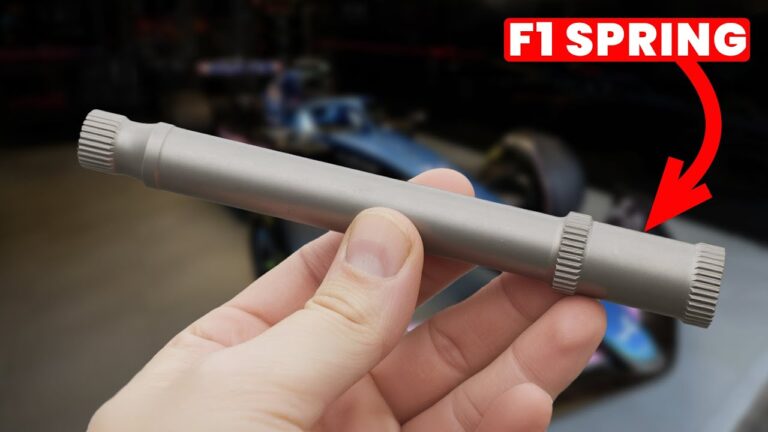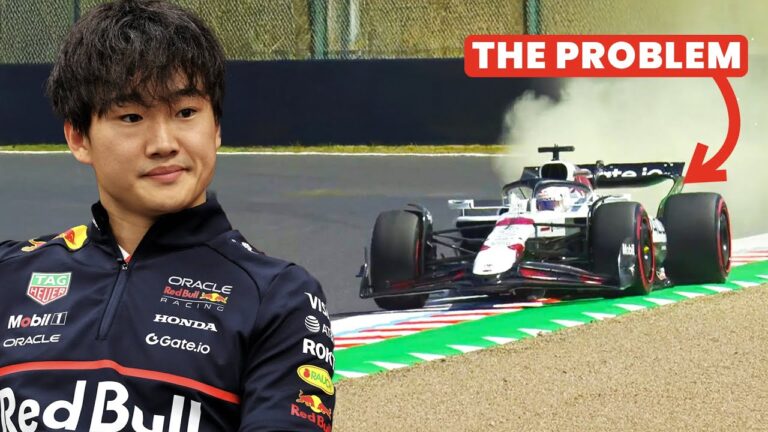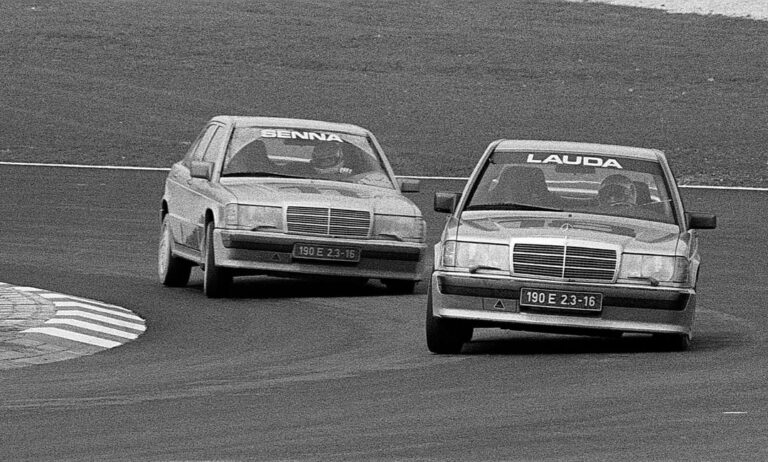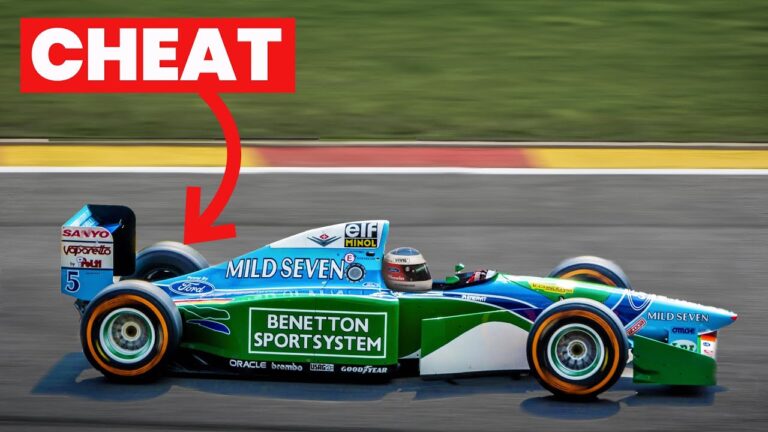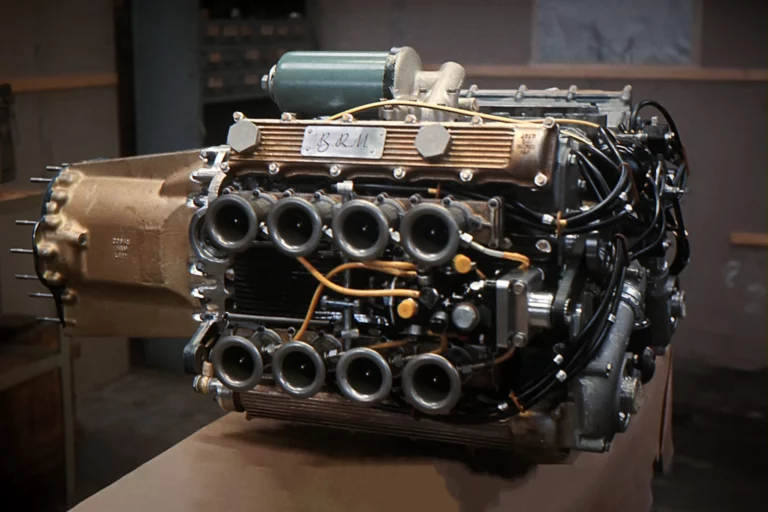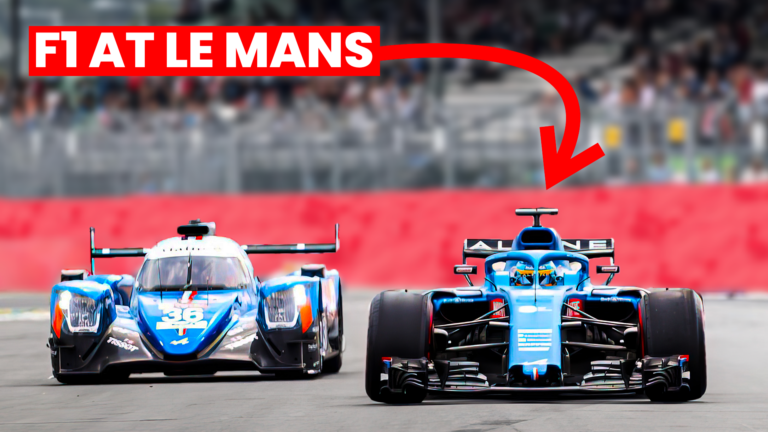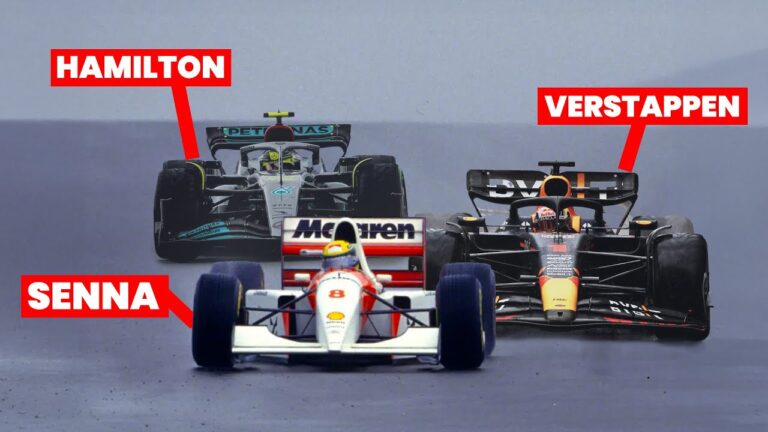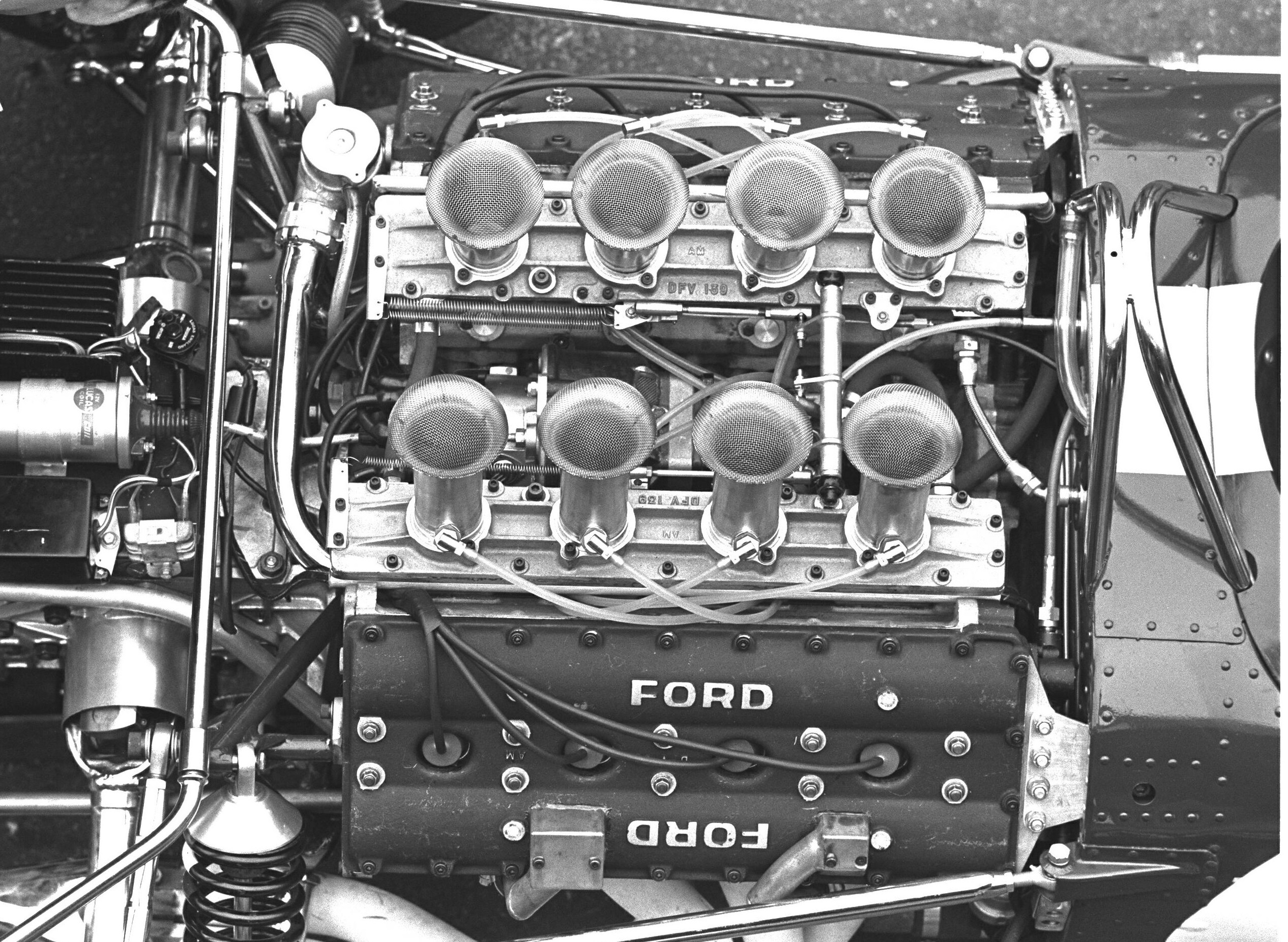
The Ford Cosworth DFV engine is a cornerstone in the history of Formula One, amassing an unparalleled record of 155 Grand Prix victories, 131 pole positions, and even completing motorsport’s Triple Crown by winning the Monaco Grand Prix, the Indy 500, and Le Mans. Despite its dominance, this marvel didn’t come from a modern powerhouse like Mercedes or Ferrari – it was the creation of Ford, designed by the legendary Keith Duckworth.
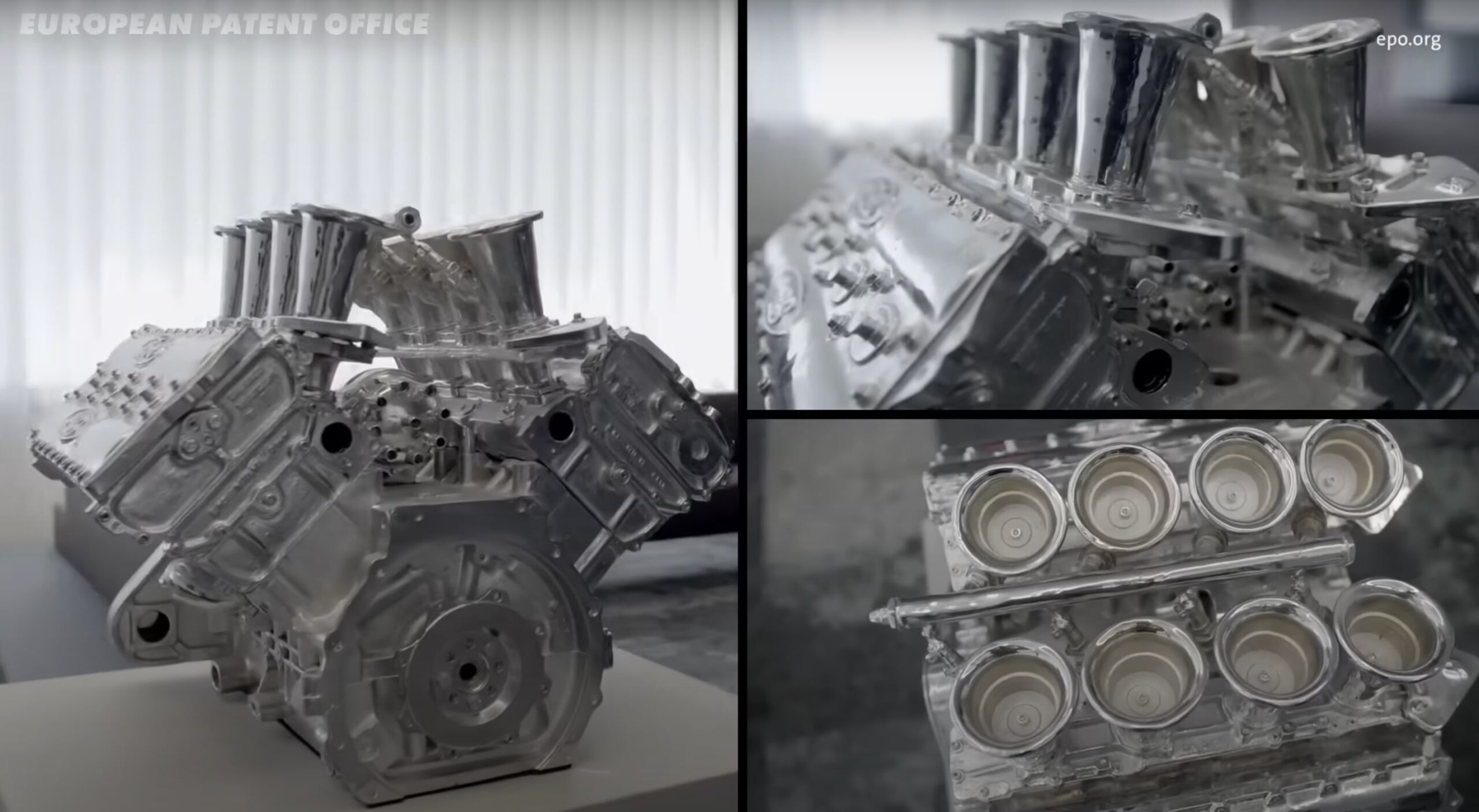
Unlike today’s engines, crafted with advanced CAD software and CNC machining, the DFV was hand-drawn and handmade. This article explores the groundbreaking features that made the Ford Cosworth DFV a masterpiece of engineering and a game-changer for Formula One.

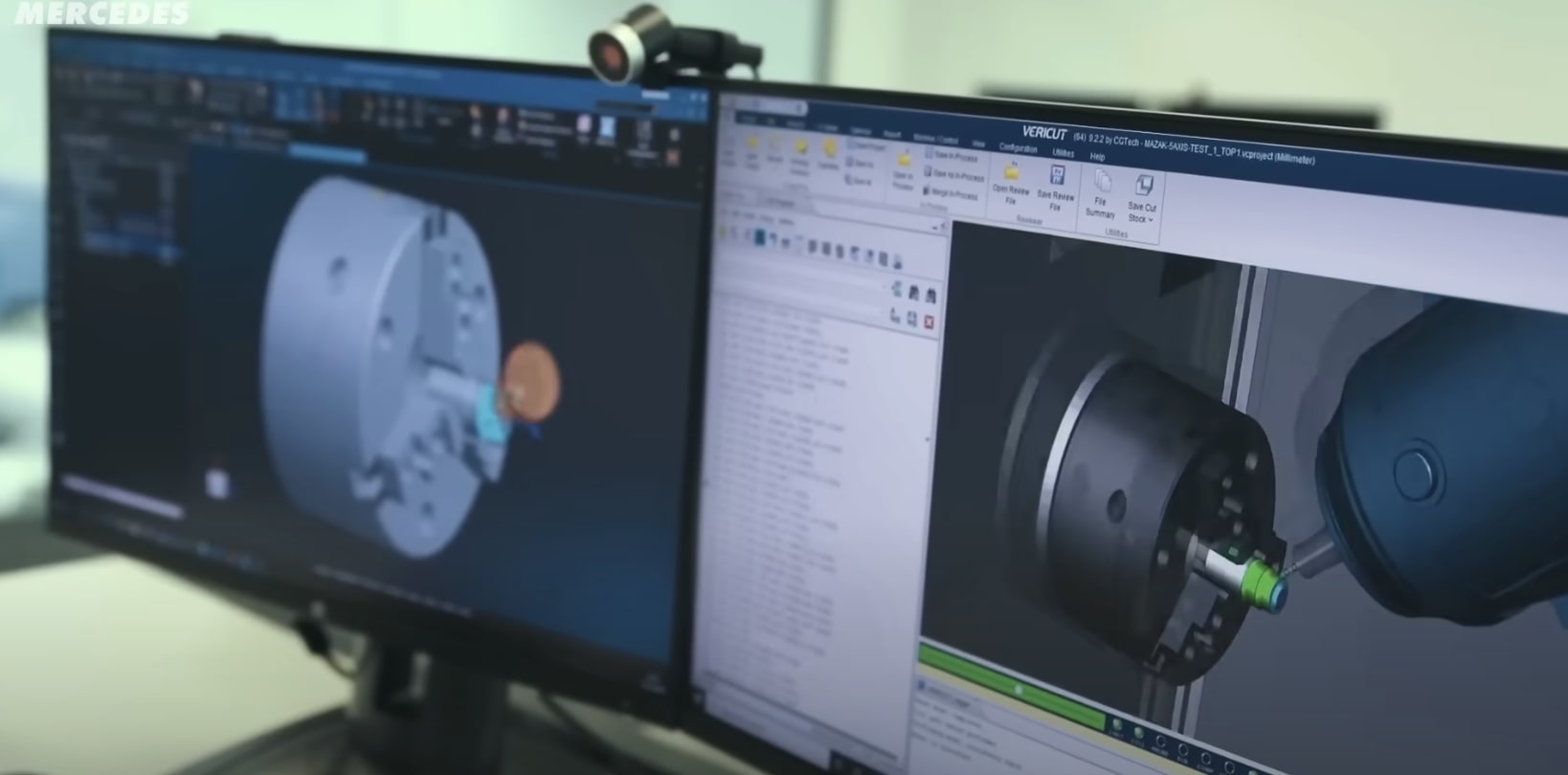
The Visionary Behind the DFV: Keith Duckworth
Keith Duckworth, co-founder of Cosworth, designed the DFV with a clear vision. At the time, Formula One had transitioned from 1.5-litre to 3.0-litre engines. Many manufacturers were developing complex designs, such as V12s and even an H16 configuration by BRM. Duckworth, however, believed in a simpler and more holistic approach to car performance.
Instead of chasing maximum cylinder counts, Duckworth opted for a V8 layout. This decision allowed for a smaller, lighter, and higher-revving engine. It wasn’t just an engine; it was part of the car’s structure, and every aspect was optimised for performance.
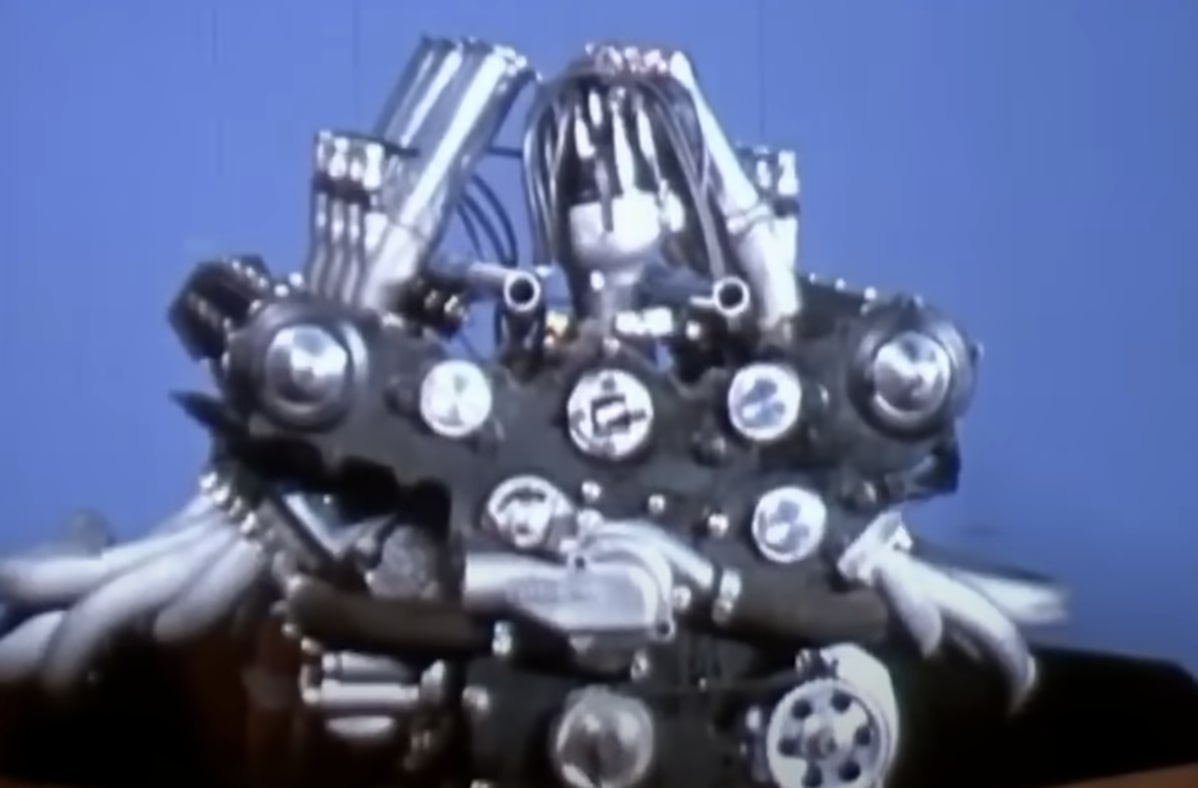
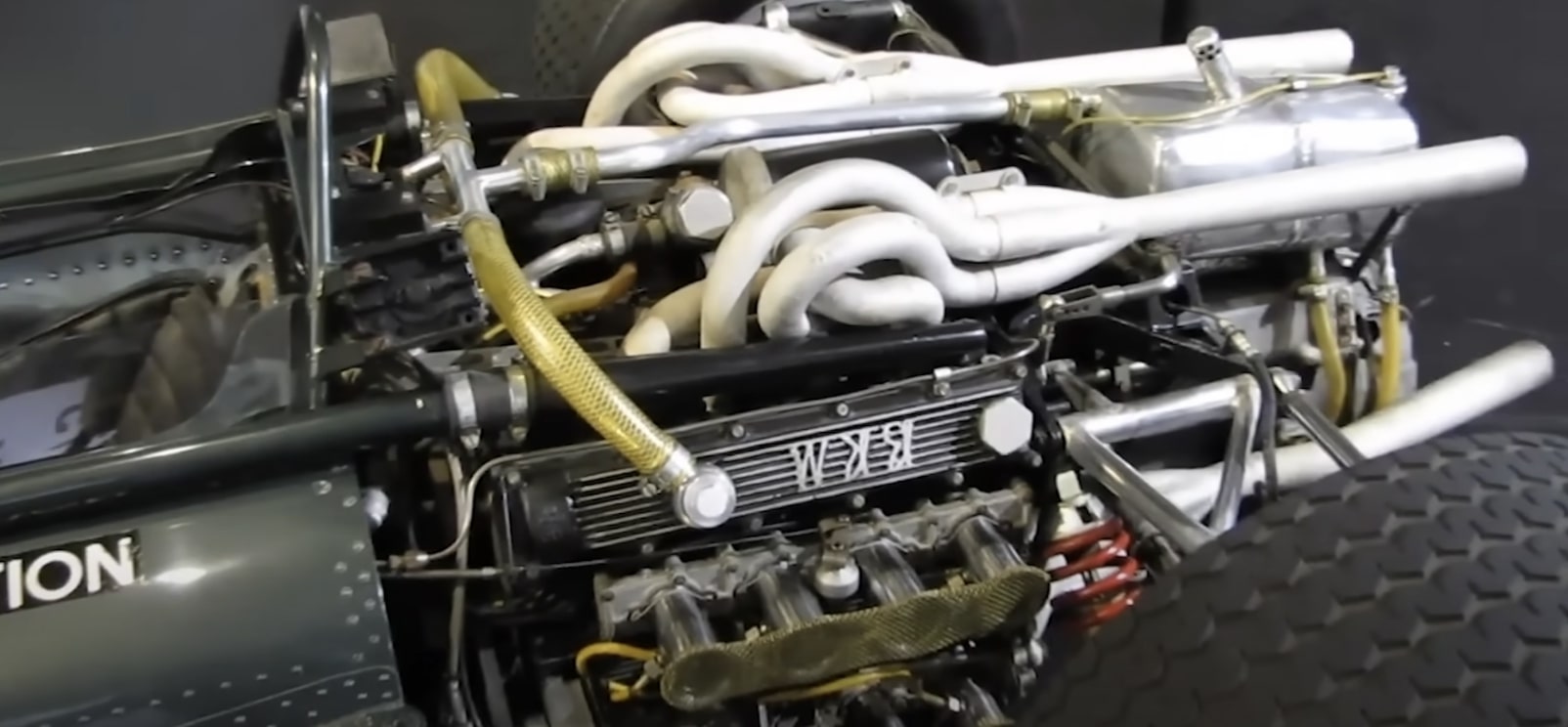
Breaking New Ground with the DFV
Four-Valve Per Cylinder Design
One of the DFV’s standout features was its four-valve-per-cylinder design. This configuration allowed for greater airflow, increasing power and efficiency. While conventional engines used two valves per cylinder, the DFV’s innovative design enabled it to rev higher and produce more power without compromising reliability.


Lightweight and High-Revving
Duckworth focused on reducing the weight of the engine’s rotating components, which allowed for higher RPMs. The DFV employed a flat-plane crankshaft, which is lighter than a cross-plane crankshaft. While this design sacrifices low-end torque, it delivers exceptional top-end power, exactly what a Formula One car demands.
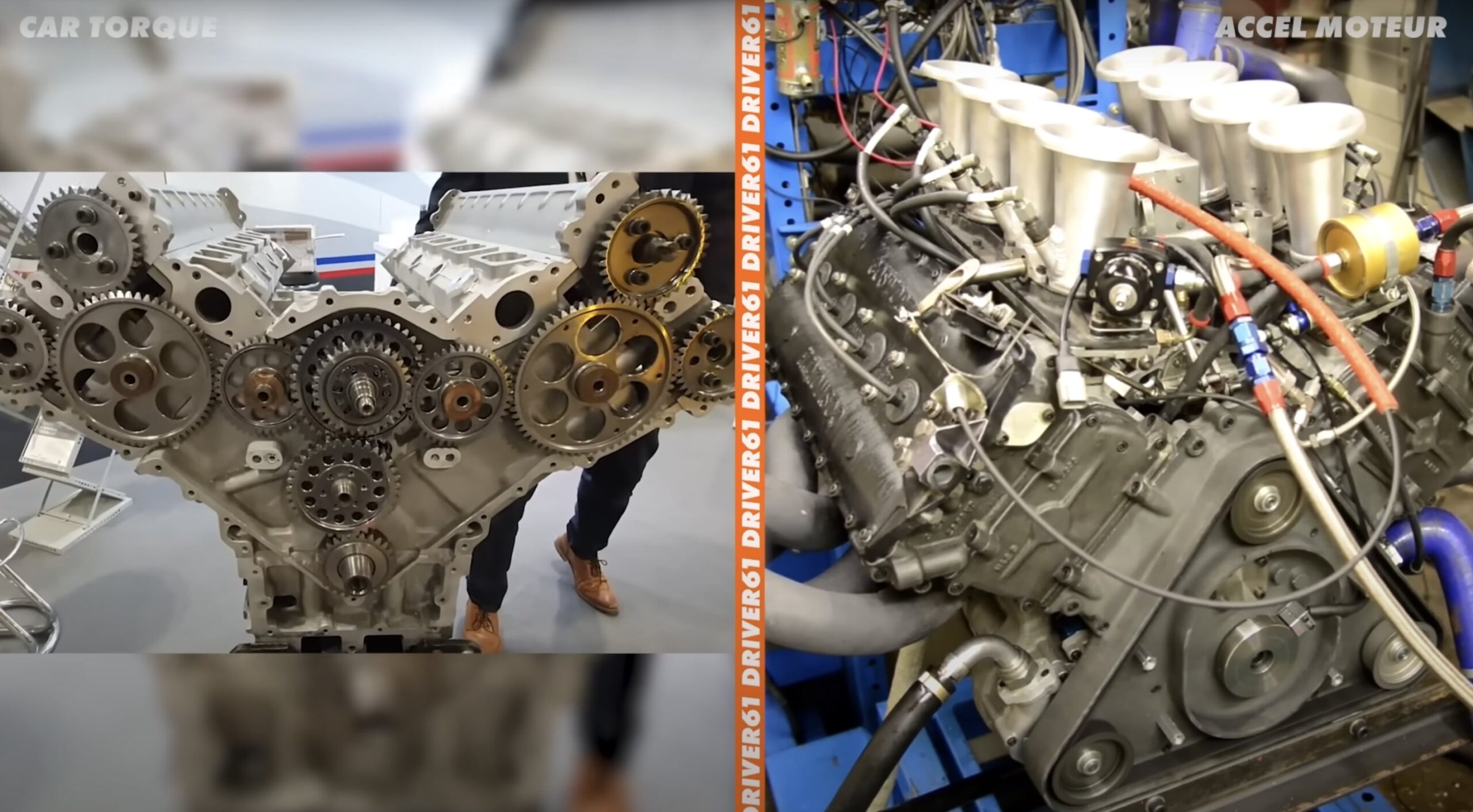
Structural Integration
The DFV was one of the first engines designed as a load-bearing component of the car. The suspension was mounted directly onto the engine and gearbox, eliminating the need for a heavy space frame chassis. Although this made the engine casing slightly heavier, the overall car became lighter and more compact.
Compact Packaging
With a 90-degree V8 configuration, the DFV’s compact design made it easier to integrate into various chassis. Its layout also suited the aerodynamic needs of the evolving ground-effect cars of the late 1970s and early 1980s. Competing engines, such as Ferrari’s flat-12, struggled to achieve the same balance between size and performance.
Early Challenges and Triumphs
The DFV debuted in 1967 in the Lotus 49, driven by legends Graham Hill and Jim Clark. Despite initial setbacks such as a catastrophic failure at Zandvoort due to a cam gear malfunction—the engine quickly proved its potential. Jim Clark recovered from a back-of-the-grid start to secure the DFV’s first victory in its inaugural race.
Cosworth’s decision to make the DFV widely available to teams was another factor in its success. Teams like McLaren, Tyrell, and Brabham adopted the engine, creating a period of unprecedented dominance in Formula One.
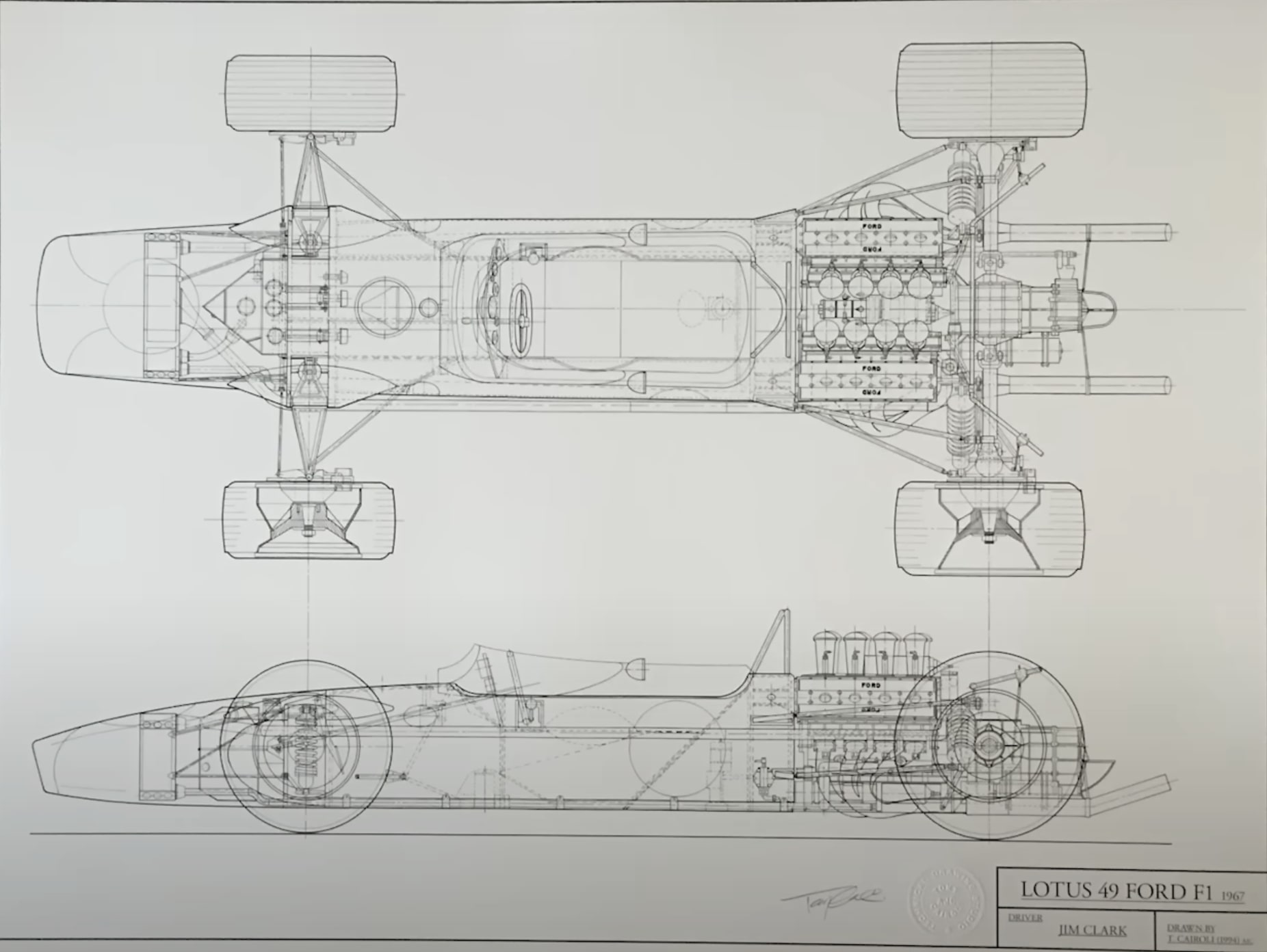
Adapting to the Ground Effect Era
As Formula One entered the ground-effect era, the DFV’s compact dimensions became even more valuable. Ground-effect cars relied on Venturi tunnels to generate downforce, requiring narrow engine designs to optimise airflow. While larger engines like Ferrari’s flat-12 hindered aerodynamics, the DFV allowed teams to maximise ground-effect performance without sacrificing power.
Legacy of the Ford Cosworth DFV
The Ford Cosworth DFV wasn’t the most powerful engine by the early 1980s, as turbocharged engines began to dominate. However, its unparalleled blend of power, reliability, and adaptability cemented its place in motorsport history. Over its lifespan, it secured 12 drivers’ championships and countless team victories.
The DFV’s innovative features, such as its lightweight design, structural integration, and efficient packaging, set new standards for Formula One engineering. Its legacy continues to influence modern engines, showcasing the importance of thinking beyond raw power to consider the car as a complete system.




